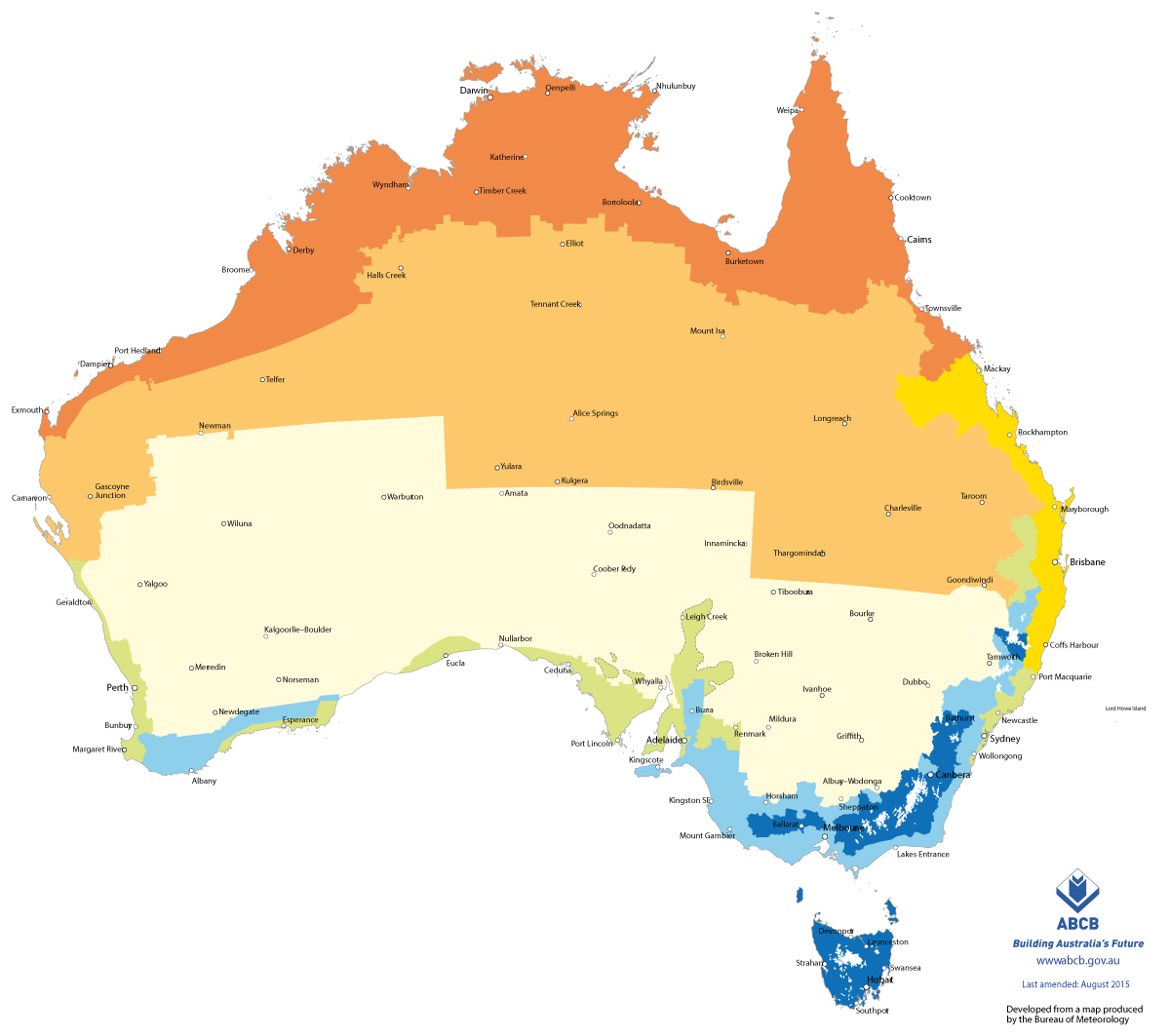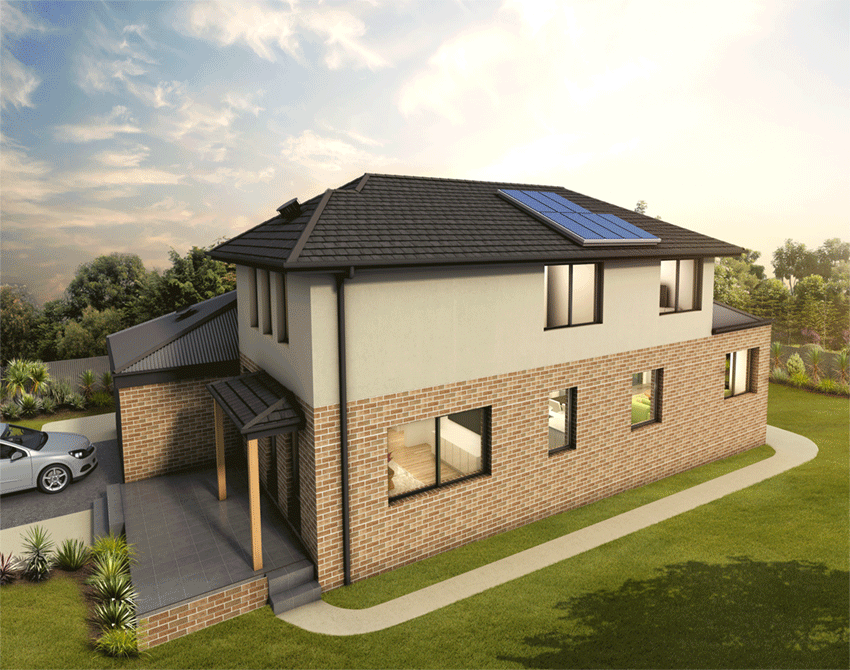What’s your climate zone? And why do you need to know?
What’s your climate zone? And why do you need to know?
Home comfort tips
Understand why knowing your climate zone is crucial when selecting products for your home - and the other surprise secret fact you need to know.
Did you know that your climate zone affects the insulation you need? Different climate zones have different regulations and climate patterns which affect the decisions you should make when selecting insulation and other building products.
It makes sense to us that when going shopping in winter, someone living in Tasmania (Zone 7) would purchase a thicker jacket than someone living in northern Queensland (Zone 1). The same applies to insulation choices; Zone 7 requires batts with a greater thickness to keep the warmth inside and the cold outside.
How you can actually save money by getting the more insulation in your home
Having the right insulation for your climate zone allows you to make your homes as comfortable as possible while minimising your electricity and gas bills for artificial heating and cooling. Insulation also helps you to save money upfront as you can install a smaller aircon and/or heater. By reducing heat flow, insulation helps keep the living spaces in your home cooler in summer and warmer in winter.
The Building Code of Australia dictates what levels of insulation you must install and where. But often, upgrading beyond this minimum can be incredibly beneficial to both your comfort and your energy bills. A small additional outlay at the time of building or renovating your home can often save you a lot of money down the track - this is what we call "building for the life of the home". For help on choosing the best possible combination of insulation and ventilation to maximise your energy efficiency, health, and comfort, just contact us for a free quote.
Check out the maps below to find your climate zone.
Bonus secret tip: how high are you?
Another factor which can effect what insulation you need is elevation – how many metres your home is above sea level. Again, it just makes sense if you think about it. Someone living in Coffs Harbour (Climate Zone 2) is going to be living in a warmer area year round than someone up in Dorrigo, even though they’re in the same climate zone and less than 70km apart. So it’s always wise to check your elevation before choosing the insulation you’re going to use in your floor, ceiling, or walls.
Click here to check out your elevation.
Australian climate map

Climate Zones
![]() Zone 1: High humidity summer, warm winter
Zone 1: High humidity summer, warm winter
![]() Zone 2: Warm humid summer, mild winter
Zone 2: Warm humid summer, mild winter
![]() Zone 3: Hot dry summer, warm winter
Zone 3: Hot dry summer, warm winter
![]() Zone 4: Hot dry summer, cool winter
Zone 4: Hot dry summer, cool winter
![]() Zone 5: Warm temperate
Zone 5: Warm temperate
![]() Zone 6: Mild temperate
Zone 6: Mild temperate
![]() Zone 7: Cool temperate
Zone 7: Cool temperate
![]() Zone 8: Alpine
Zone 8: Alpine
Need a closer look at your state?
QLD | NSW | VIC | TAS | SA | WA | NT
All too confusing?
In most cases, your one chance to choose comfort is during build or major renovations. If you're worried about making the wrong choices in this important area, just contact us for a free quote or call us on 1300 760 233. Bradford are the experts, and we're here to help you.



